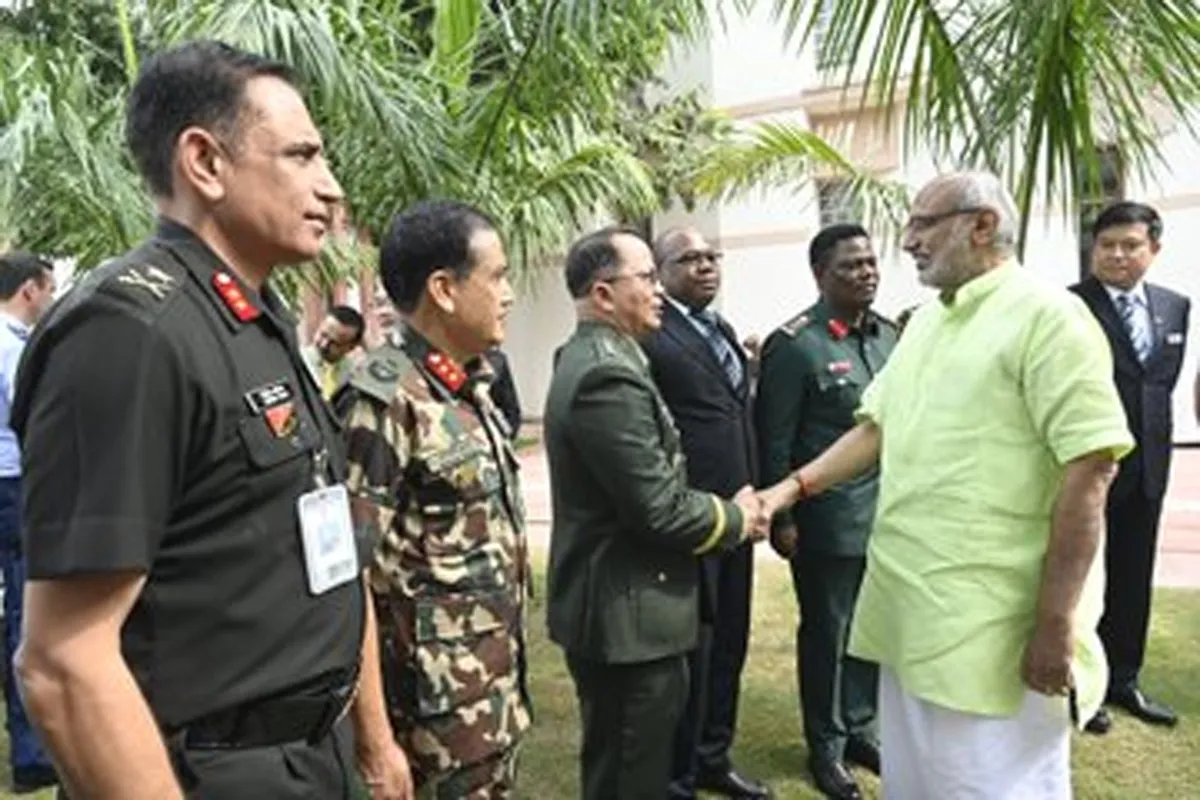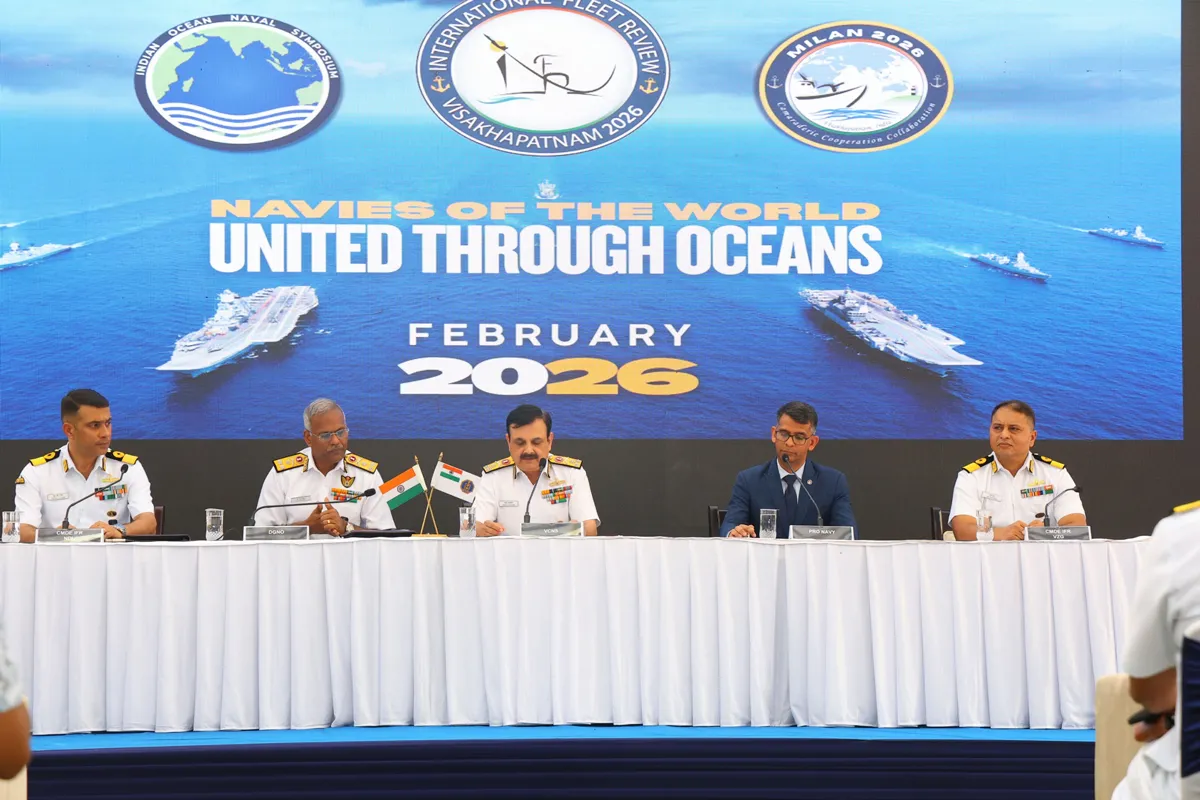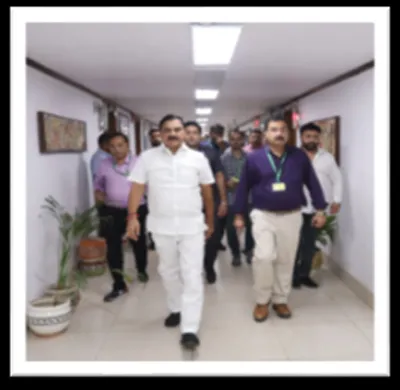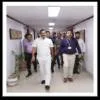- Ajay Pandey, Managing Director and Group CEO, Gujarat International Finance Tec-City
With over $1.5 billion worth of transactions in less than one year, GIFT city is a raging bull in the making. But the project has had its challenges. Launched in 2009, it took two years for the land allocation of 886 acre. Gradually, a few infrastructure and construction projects started taking shape.
Then, the city was named India´s first international financial services centre, the first umbrella set of regulations came in April 2015 and, since then, the journey has been smooth. ´GIFT started as an infra-led project and, in the past 15 months, turned into being a business-led one,´ affirms Ajay Pandey, Managing Director and Group CEO, Gujarat International Finance Tec-City. He shares more in conversation with RAHUL KAMAT.
What is the total area allocated and what is the current construction status?
Our mandate is to develop about 62 million sq ft of developed area, of which development rights have been given to about 15 million sq ft. Of this, almost half has been given to IL&FS, which is a 50 per cent shareholder. Around 3 million sq ft of space has been developed and the balance is under development.
Tell us how GIFT has managed to integrate important multi-utilities together.
Currently, in India, where more than 30 cities have prepared plans for smart city implementation, an important element is missing: Integration of utilities. Among current cities and those who are in the league of smart cities, not a single one has thought of integrating utilities. But in GIFT, we have managed to integrate water, wastewater and India´s only district cooling system together. For instance, GIFT draws water from the main Narmada canal at its southern side. Water is pumped out from the existing intake point through a pipeline. If any impediment occurs, it gets resolved as all operations are managed through a SCADA system and monitored by a command and control centre.
The vision for water infrastructure is to provide potable quality water (24 x 7) in all taps in the city; the supply system is planned to provide water on demand. And, as GIFT aims to become ´water neutral´, the water from the canal, stored along with the buffer stock in the reservoir (called Samruddhi Sarovar), will be conveyed to the water treatment plant for treatment and further distribution. As the operation is integrated, the city has decentralised sewage treatment plants (STPs) that are interconnected. The wastewater system will consist of collection, treatment and reuse of wastewater, which is collected and conveyed to the STPs. The treated water will be used for flushing, landscaping and for a district cooling plant, enabling GIFT to become a ´zero discharge zone´. In fact, GIFT is the only city in India that has implemented a cooling system, where not a single building needs to be equipped with individual air-conditioning. This system is 20 per cent more cost-efficient mainly owing to less occupancy of space and the absence of noise pollution and vibration. Further, for district cooling, it draws water from STPs, making the process environment-friendly.
How is the city managing solid waste?
We decided to make the entire area free from human intervention, especially for the collection of waste and its management. GIFT has India´s first fully-integrated automatic waste collection plant (AWCS) and recyclable segregation plant, installed by Sweden-based Envac. This has been in operation since April 1, 2015. Each building is equipped with two Envac chutes that are fed into one of seven on-site collection stations, covering organic waste and mixed recyclables. The chutes are equipped with sensors that suck garbage at a speed of 90 km per hour and then get segregated into two parts: Waste for recycling and the rest for bio-processing. Upon completion, it is expected that the AWCS will handle the waste of the entire district, which is expected to be over 400 tonne per day generated from GIFT City´s 25,000 apartments, 100,000 residents and a working population of over 500,000. GIFT is a greenfield city; hence, implementing new ideas was much easier for us. The majority of the work happening in India is in redevelopment and retrofitting. But whenever there is a greenfield opportunity, cities can learn a lot from us.
GIFT happened to be the second city after Noida revoking Article 243Q of the Constitution of India. How has it helped?
We managed to bring every single decision related to business activities, utility permissions and infrastructure projects under one roof. Normally, in a city, a project proponent or business establishment has to go through various departments for permissions. This is not the case with GIFT. We have a dedicated team for all the permissions (environment, power utilities, licenses, etc); as a result, investors are happy. At present, we have financial bigwigs, including State Bank of India (SBI), ICICI Bank, IDBI Bank, Kotak Mahindra Bank, YES Bank, Federal Bank and Indusind Bank. Last month, Prime Minister Narendra Modi inaugurated Bombay Stock Exchange´s international trading centre. So, we are making a good progress, and I must thank my team who lent their support to make this a business-led project from an infra-led one.
How are you looking at last-mile connectivity?
We provide public transport that connects with the Bus Rapid Transport System (BRTS) of Gandhinagar. This takes care of the first and last mile. Wherever the BRTS ends, our system picks up commuters and drops them to designated destinations. In addition, we are now part of the second phase of the metro rail project. This will lead to more seamless connectivity.
Please tell us about the recently signed MoU with Cisco.
We will jointly provide public WiFi, smart parking, smart transport, traffic analytics, smart kiosk and Remote Expert Government Services (REGS) in GIFT city. In fact, Cisco will also install environmental sensors to measure air pollution in real time. The command and control centre will offer an effective transportation system in Gandhinagar and GIFT city. Cisco will integrate with local ecosystem solution providers to build a scalable model for the effective rollout of city services across the areas. We will utilise Cisco´s global experience and intellectual properties in the area of Internet of Things, mobile technology, cloud computing and data analytics.
Our mandate is to develop about 62 million sq ft of developed area.
Around 3 million sq ft has been developed and the balance is under development.
To share your views on this interview, write in at feedback@ConstructionWorld.in




















